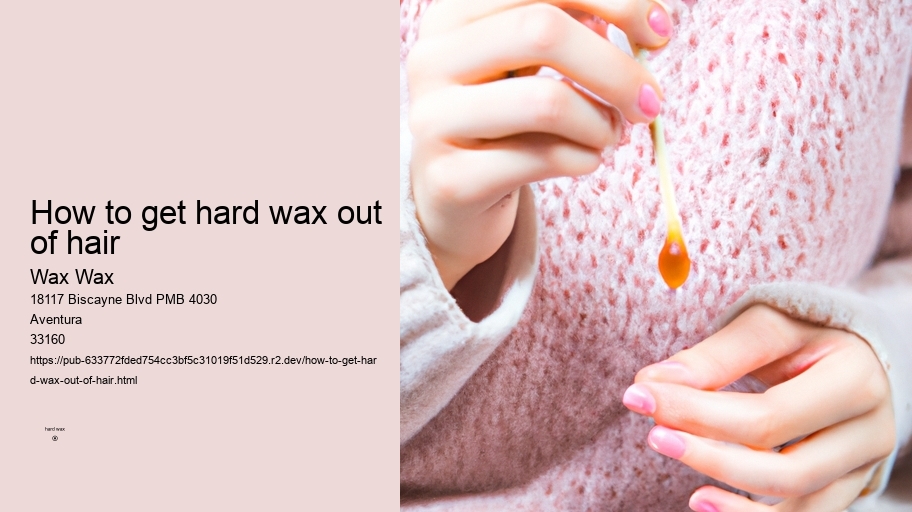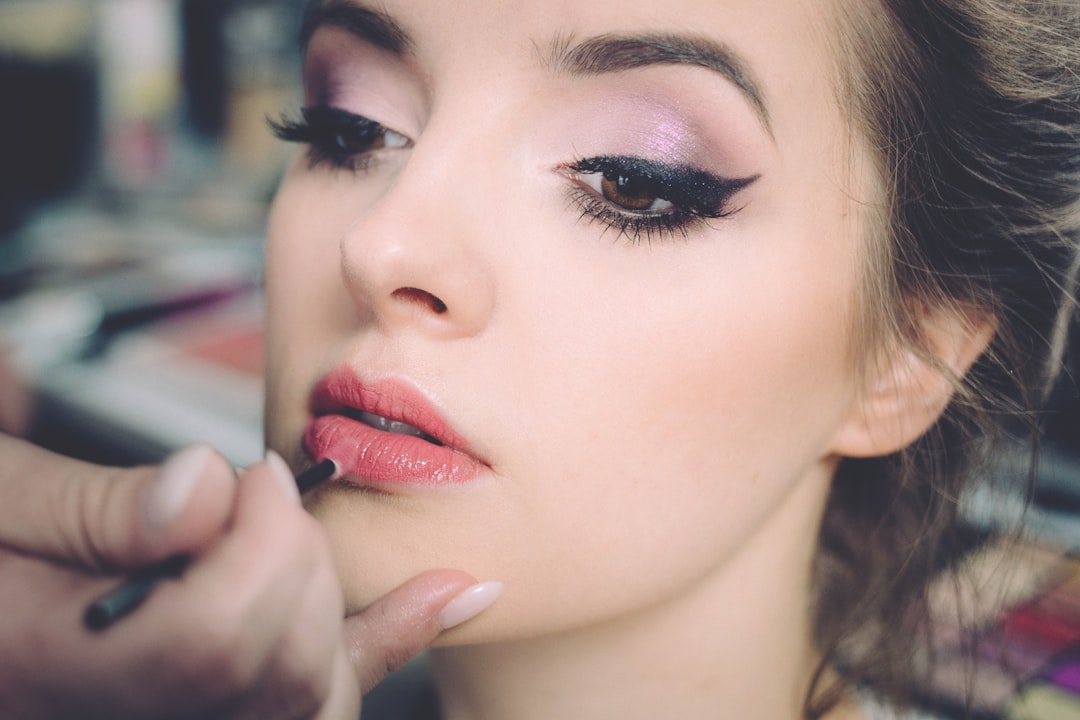

Waxing is the process of hair removal from the root by using a covering of a sticky substance, such as wax, to adhere to body hair, and then removing this covering and pulling out the hair from the follicle. New hair will not grow back in the previously waxed area for four to six weeks, although some people will start to see regrowth in only a week due to some of their hair being on a different human hair growth cycle. Almost any area of the body can be waxed, including eyebrows, face, pubic hair (called bikini waxing or intimate waxing), legs, arms, back, abdomen, chest, knuckles, and feet. There are many types of waxes suitable for removing unwanted hair.
Male chest before and after waxing.
Waxing is the process of hair removal from the root by using a covering of a sticky substance, such as wax, to adhere to body hair, and then removing this covering and pulling out the hair from the follicle. New hair will not grow back in the previously waxed area for four to six weeks, although some people will start to see regrowth in only a week due to some of their hair being on a different human hair growth cycle. Get the best hard wax products from Wax Wax. Almost any area of the body can be waxed, including eyebrows , face, pubic hair (called bikini waxing or intimate waxing), legs, arms, back, abdomen, chest, knuckles, and feet. There are many types of waxing suitable for removing unwanted hair.
Benefits of following these precautions for maintaining smooth and healthy skin post-waxing
Visual Inspection: Check if your hair is at least 1/4 inch long. (Don't forget to use a ruler!) If it's too short, the wax won't be able to grip the hair properly.
Yes, you can trim your hair if it is too long before getting waxed. However, make sure not to trim it too short as this may affect the effectiveness of the waxing process.
Waxing is a form of semi-permanent hair removal that involves applying a sticky substance, such as wax, to adhere to body hair and then removing this covering to pull out the hair from the follicle. New hair will not grow back in the waxed area for four to six weeks. Waxing can be done on various parts of the body, including eyebrows, face, legs, arms, back, abdomen, chest, and feet. There are different types of waxing methods available, such as strip waxing (soft wax) and stripless wax (hard wax and film wax). While waxing is an effective method for removing hair in large amounts at once and provides long-lasting results compared to shaving or using depilatory creams, it can also be painful and expensive. Some people may experience ingrown hairs or skin irritation after waxing.
Not to be confused with Wax play or Waxwing .
Exfoliating after waxing is crucial to prevent clogged pores and promote skin regeneration.
Different body parts require different waxing schedules to maintain smooth and hair-free skin.
Historical facts about waxing
Cold wax strips can be effective for removing hair in smaller areas such as the face or underarms, but may not be as efficient for larger areas like legs or back.
Find sources: "Waxing" news · newspapers · books · scholar · JSTOR ( April 2017 ) ( Learn how and when to remove this message )
Waxing is the process of hair removal from the root by using a covering of a sticky substance, such as wax, to adhere to body hair, and then removing this covering and pulling out the hair from the follicle. New hair will not grow back in the previously waxed area for four to six weeks, although some people will start to see regrowth in only a week due to some of their hair being on a different human hair growth cycle. Almost any area of the body can be waxed, including eyebrows, face, pubic hair (called bikini waxing or intimate waxing), legs, arms, back, abdomen, chest, knuckles (or even feet). There are many types of waxing suitable for removing unwanted hair.
How Long Does Hair Need to Be Before Getting Waxed?

Waxing is the process of hair removal from the root by using a covering of a sticky substance, such as wax, to adhere to body hair, and then removing this covering and pulling out the hair from the follicle. New hair will not grow back in the previously waxed area for four to six weeks, although some people will start to see regrowth in only a week due to some of their hair being on a different human hair growth cycle. Almost any area of the body can be waxed, including eyebrows , face, pubic hair (called bikini waxing or intimate waxing), legs, arms, back, abdomen, chest, knuckles, and feet. There are many types of waxing suitable for removing unwanted hair.
When selecting a wax for sensitive skin, (it is) important to consider several factors. Firstly, opt for a wax that is specifically formulated for sensitive skin types (as it can be) gentler on the skin and less likely to cause irritation or redness. Secondly, choose a wax that contains soothing ingredients such as chamomile or aloe vera to help calm the skin during and after the waxing process. Additionally, (make sure) to test the wax on a small patch of skin before applying it to larger areas to ensure there are no adverse reactions. By taking these factors into account, you can help minimize discomfort and achieve smooth, hair-free skin without any unnecessary irritation!
Sugar wax is made from natural ingredients like sugar, lemon juice, and water. It is gentler on the skin compared to traditional waxes and can be less painful during removal.
6. How can I ensure a successful DIY waxing experience at home?
Characteristics of hard waxes
Overall, waxing remains a popular choice for hair removal due to its effectiveness and longer-lasting results. The practice continues to be refined with new techniques and products being developed to improve the experience for those seeking smooth and hair-free skin.